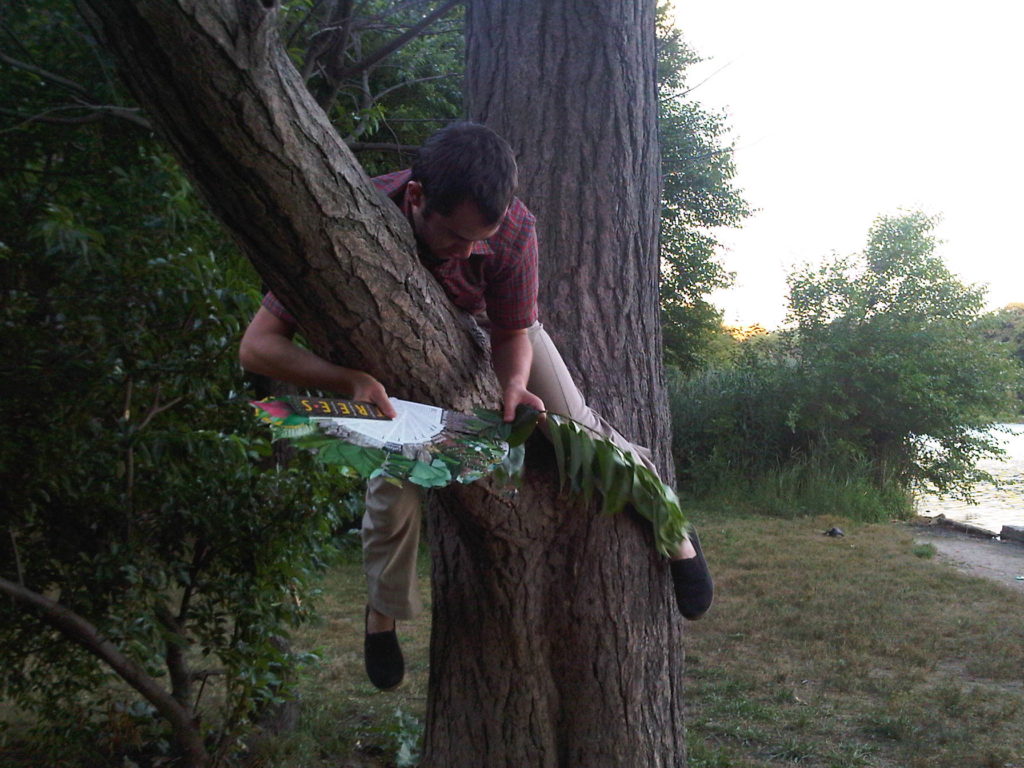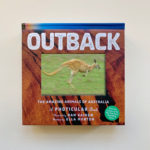This summer, I was driving down a country road with a friend who also happens to be a biology teacher. As we passed a pond surrounded by marshes, he said: “Hey, look! A muskrat path.” I looked to where he was pointing. I saw a lot of grass but no path. We slowed down. “There, look, can’t you see it?” I looked again. He pointed vigorously to a spot to his right. Indeed, there was an imprint about four inches wide leading towards the pond. It was minuscule. Barely distinguishable from any of the landscape around it. How on earth had he seen that from the passenger seat of a moving car, 20 yards away? He just shrugged. “I know what to look for.”
marshes, he said: “Hey, look! A muskrat path.” I looked to where he was pointing. I saw a lot of grass but no path. We slowed down. “There, look, can’t you see it?” I looked again. He pointed vigorously to a spot to his right. Indeed, there was an imprint about four inches wide leading towards the pond. It was minuscule. Barely distinguishable from any of the landscape around it. How on earth had he seen that from the passenger seat of a moving car, 20 yards away? He just shrugged. “I know what to look for.”
I was jealous. Not because I actually care that much about muskrats and their habitats, but because he saw more than I did. Where I only saw “grassy stuff,” he saw a dynamic, bustling hub of biodiversity.
Determined to start seeing more in the natural world, I popped the Trees Fandex into my enormous handbag and carried it around with me for the rest of the summer. My afternoons in the park now included at least 10 minutes of tree identification. Dorky? You bet. There was some gentle mocking and then, well, below you can see my friend Adam taking the matter quite seriously in the crook of a white maple.

Adam takes a hands-on approach to learning.
I can now identify a gingko, white maple, and black maple. Can you?





No Comments